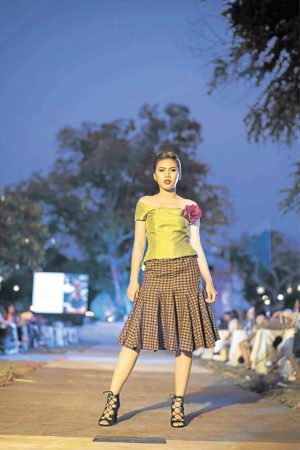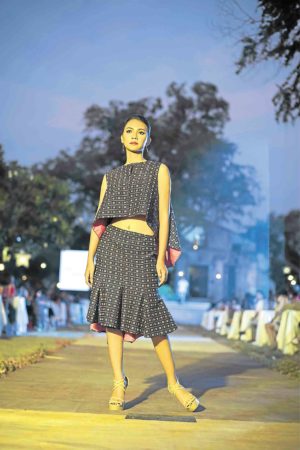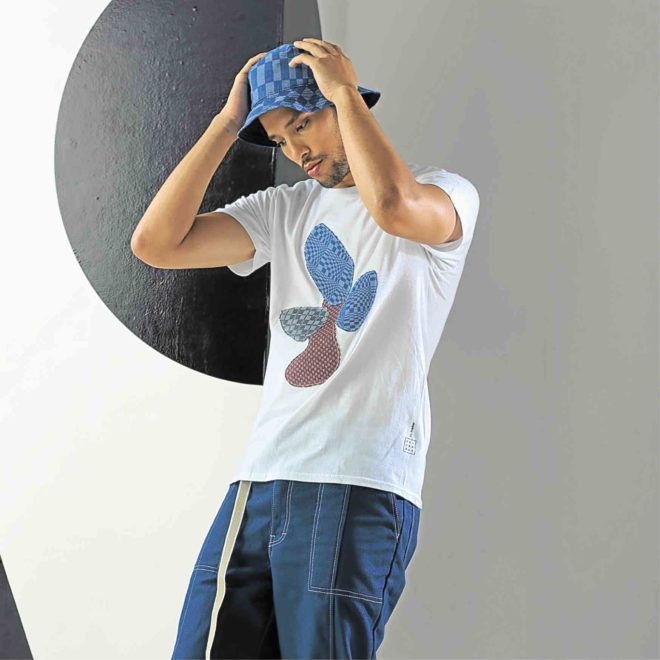

Inabel is a weaving tradition of the Ilocos provinces (Pangasinan, La Union, Ilocos Sur and Ilocos Norte). It is a dying tradition, with weavers getting older, and fewer young people willing to learn. Raw materials, like hand-spun cotton thread and natural vegetable dyes, are also getting more and more scarce.
In 2012, after the National Commission for Culture and the Arts (NCCA) gave the nonagenarian weaver Magdalena Gamayo of Pinili the Gawad Manlilikha ng Bayan (Gamaba) or National Living Treasure award, weaving in her barangay was revived. From three elderly weavers, the community has grown, with 15 senior and apprentice weavers practicing and learning the craft.
The binandera is the simplest design of all, consisting of stripes on the sides, or in the middle of the fabric. In Ilocos Sur, the design is called cantarinis, and the material was originally used for sailcloth.
Binakul, with its whirlpool kusikos pattern, is still made in Ilocos Norte, mainly in the towns of Sarrat and Paoay; a barrio of weavers in Mindoro west of Vigan City also manufactures a thinner variant. It is one of the original weaves of Ilocos.
Insukit, or inkaot, which means “inserted” is still practiced in barangay Nalasin, Paoay with patterns of stylized stars, diamonds and oblong shapes, fish, crabs, pineapples, grapes, turkeys, horses, even the two-headed eagle.
Some of the more sophisticated weaves include the kundiman, monochromatic white with very fine and subtle patterns (tiny diamonds within diamonds, circles, squares and other geometric shapes). The bitbituka is a variation of this pattern, suggestive of the stomach linings of pigs or cows. There are fewer and fewer samples of this type of weave because of its complexity.

Burbur, the thick looped weave often used for towels and bathrobes, is usually cream in color, with a red or indigo border.
Leno is a plain weave, with holes inserted to form patterns by inserting bamboo sticks and twisting selected skeins in the process of weaving.
Kinurkurus is a plaid pattern usually used for ladies’ skirts, called pandiling in the vernacular.
Since 2015, Dr. Joven R. Cuanang has been encouraging the growing of indigenous cotton in the community of Magdalena Gamayo to provide 100 percent cotton raw material for their weaving. After two harvests, Ilocano designers are highlighting the results of the experiment in a fashion show at Pinto Art Museum in Antipolo City in March 2018 called “Inabel 2018,” which follows the successful show “Inabel 2017” staged at Sitio Remedios in Ilocos Norte last April 2017.
Sitio Remedios in Currimao is envisioned to become a center for weaving, organic dyeing, design, finishing and sale of single-source cotton products. The municipality of Currimao supports this initiative. –RENE C. GUATLO, CONTRIBUTED










































